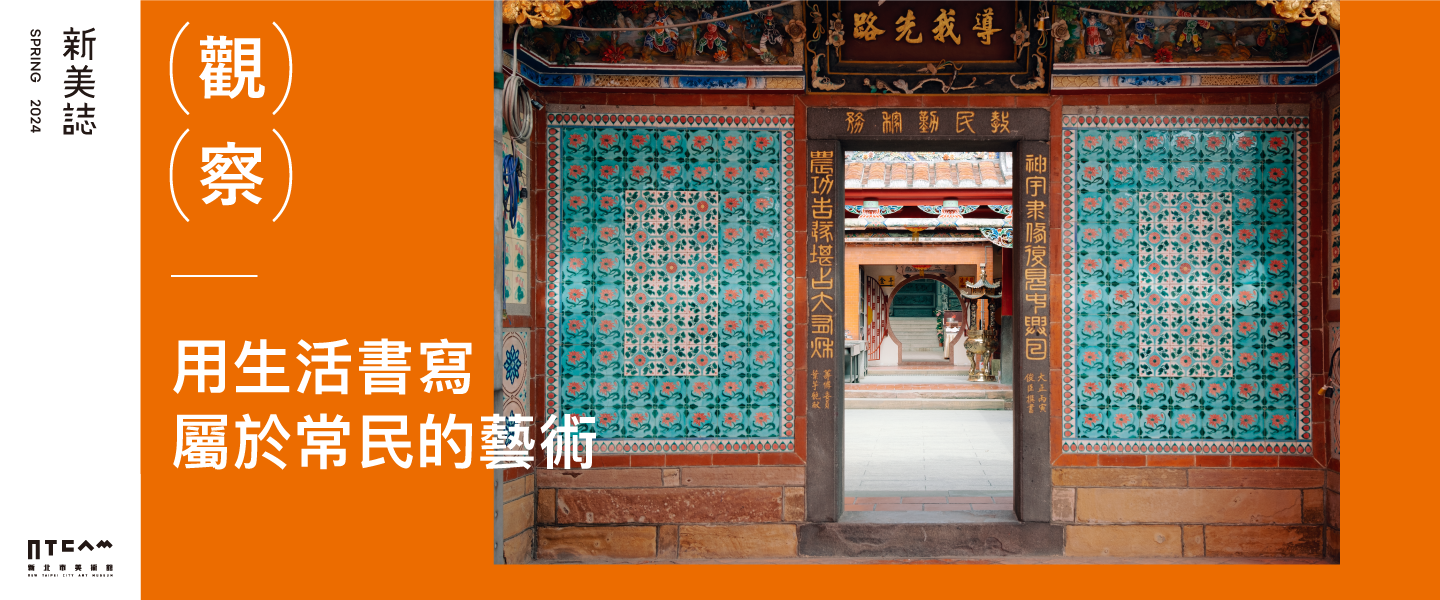The allure of folk art lies in its embodiment of the sentiments of the land and its people, which weave together a rich cultural tapestry through daily accumulation. Even if not deliberately crafted, this culture naturally transforms into art. Renowned for its profound cultural roots, New Taipei City has also cultivated its legacy of folk art over time.
“The concept of folk art in New Taipei City is more intricate than in any other region of Taiwan,” remarks Kao Chien-Hui, a seasoned consultant with extensive experience in folk art and culture research. The development of New Taipei City has always remained inseparable from the entire Greater Taipei area since ancient times. With population migrations and evolving transportation networks across various epochs, defining folk art solely based on regional boundaries within New Taipei City has proven challenging.
Kao goes on to elaborate that New Taipei City, enriched by a multitude of industries, serves as a fertile ground for the emergence of various cultural expressions. Notably, the temple culture, deeply intertwined with everyday life, epitomizes the essence of folk art. “For instance, the architectural method of ‘Uì-tshiâng-tsok (opposing-side constructions)’ at Xianse Temple in Sanchong District represents a typical style of folk art,” says Kao. This practice involves the simultaneous construction of the same temple by di erent builders from opposing sides, leading to distinctive style variations and even fostering a competitive ambiance during the construction process.
Kao also argues against defining “the folk art of New Taipei City.” “Instead,” she proposes, “we should initiate research by focusing on the concept of ‘material,’ allowing for a more comprehensive exploration of the context surrounding folk art.” For example, she suggests examining tea—is it imported from abroad during the colonial period or native to Taiwan? How does tea intertwine with the local populace? By posing such inquiries, people can elucidate the transformation of tea from a mere economic commodity to a cornerstone of tea culture, and further comprehend how material aspects of life evolve into forms of folk art over time and space.
2024|MAY
WRITING THE ART OF COMMON PEOPLE WITH EVERYDAY LIFE
Share to
